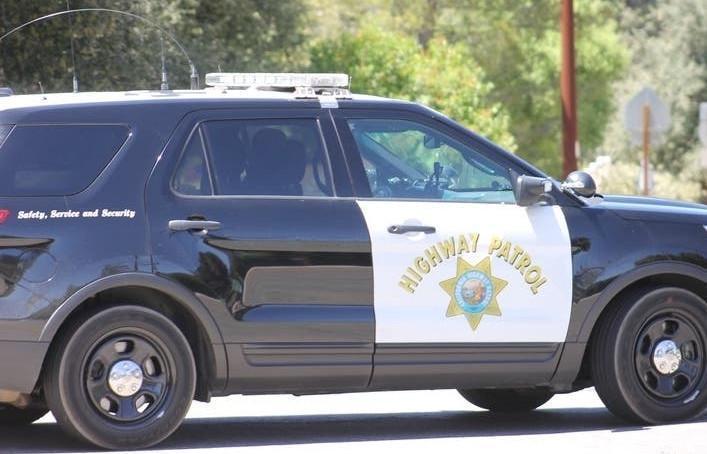

- Ref # CAB00108
- January 24, 2022
The “Good Faith Rule” applies when an officer relies on existing precedent that is subsequently changed.
"From the Classroom" - Ray Hill, Professor Emeritus, Santa Rosa Junior College
Ray Hill is a retired Police Lieutenant and Professor Emeritus at Santa Rosa Junior College. He has taught in the POST Basic Academy and Advanced Officer Training for 45 years.
The “Good Faith Rule” applies when an officer relies on existing precedent that is subsequently changed.
Here is an interesting appellate journey that started with a traffic detention in Sonoma. A CHP officer initiated a traffic stop on the defendant’s vehicle for a loud music violation and the driver repeatedly honking his horn. When the officer turned on the emergency lights, within seconds the defendant pulled into driveway of his Sonoma Valley home and parked inside the garage The officer exited his vehicle, prevented the defendant from closing the garage door, entered the garage, and began questioning. Defendant displayed symptoms of intoxication, failed field sobriety tests, and was arrested for DUI. His BAC was three times the legal limit.
Lange’s motion to suppress the BAC evidence due to an unlawful residential entry evidence was denied in Sonoma County Superior Court. He appealed his case to the 1DCA which upheld the entry into the garage based upon multiple cases establishing long standing California precedent under the “fresh pursuit” doctrine. For example, “A suspect may not defeat a detention or arrest which is set in motion in a public place by fleeing into a private place” (Peo. v. Lloyd (1989) 216 Cal. App. 3d 1425). Even a prior U.S. Supreme Court case made no distinction between felony and misdemeanor cases under “fresh pursuit” (Stanton v. Sims (2013) 571 U.S. 3). The California Supreme Court denied review, so Lange moved “up the ladder” to the U.S. Supreme Court.
U.S. changed existing precedent ruling that the pursuit of a fleeing misdemeanor suspect (like a traffic offense) doesn’t categorically justify a warrantless entry into a home. An officer must consider all the circumstances involving hot pursuit prior to making a residential entry (nature of the violation, nature of flight or evasion, risk of escape, destruction of evidence, harm to others). In this case there was no evidence of evasion or flight or that the defendant even knew the officer was following him and failed to stop during the short period of time and distance between when the officer activated the red lights and when defendant pulled into his driveway and garage. The entry into the garage to conduct an investigation was an unlawful Fourth Amendment violation. The BAC evidence should be suppressed (Lange v. California (2021) 141 S. Ct. 2011).
This case was remanded back to the 1DCA for further disposition.
The court ruled the investigating officer was acting in “good faith” while relying on existing California precedent. The purpose of the Exclusionary Rule is to deter unlawful law enforcement conduct. In this case the officer reasonably believed he was engaging in lawful conduct under California case law. If an officer conducts a search using case law that was valid at the time of that search, but case law precedent is subsequently changed by a future appellate decision, any evidence recovered is still admissible (U.S. v. Davis (2011) 564 U.S. 229). New precedent is prospective (from the date of the case forward), not retroactive (going back to prior cases).
So Mr. Lange has to face his BAC evidence. But your decision to enter a home of a fleeing misdemeanor suspect is no longer a done deal. Previous California precedent permitting such entries is void. Not every misdemeanor pursuit falls under the “fresh pursuit” doctrine – “An officer must consider all the circumstances in a pursuit to determine whether there is a law enforcement emergency to justify entry” (Lange, Supra). Is there violence involved? Will evidence be destroyed? Has the suspect committed a crime which endangered the public? If the suspect is not arrested is there a reasonable likelihood that offenses will continue? There is no case law precedent for direction right now because Lange is such a new case. Future circumstances will need to be played out in the appellate process.
Hill’s Rule #1 in my 43 years of teaching police recruits: “Use your case law knowledge”. “If you feel it is reasonable to do based on your experience and training, do it! Write it the way it happened, testify to the way it happened, and let the chips fall where they may in court”! Just be reasonable and remember that an entry into someone’s house will bring about the highest level of Fourth Amendment scrutiny. “The Fourth Amendment protects an individual’s privacy in the variety of settings”. “In none is the zone of privacy more clearly defined than when bounded by the unambiguous dimensions of an individual’s home – a zone that finds it’s roots in clear and specific constitutional terms – the right of the people to be secure in their homes shall not be violated” (Payton v. New York (1980) 445 U.S. 573).
Stay Safe,
RH
Note: For more information on this decision, please refer to a full case analysis prepared by Robert Phillips see: https://legalupdates.com/cases/fleeing-misdemeanants-and-hot-pursuits-law-enforcement







